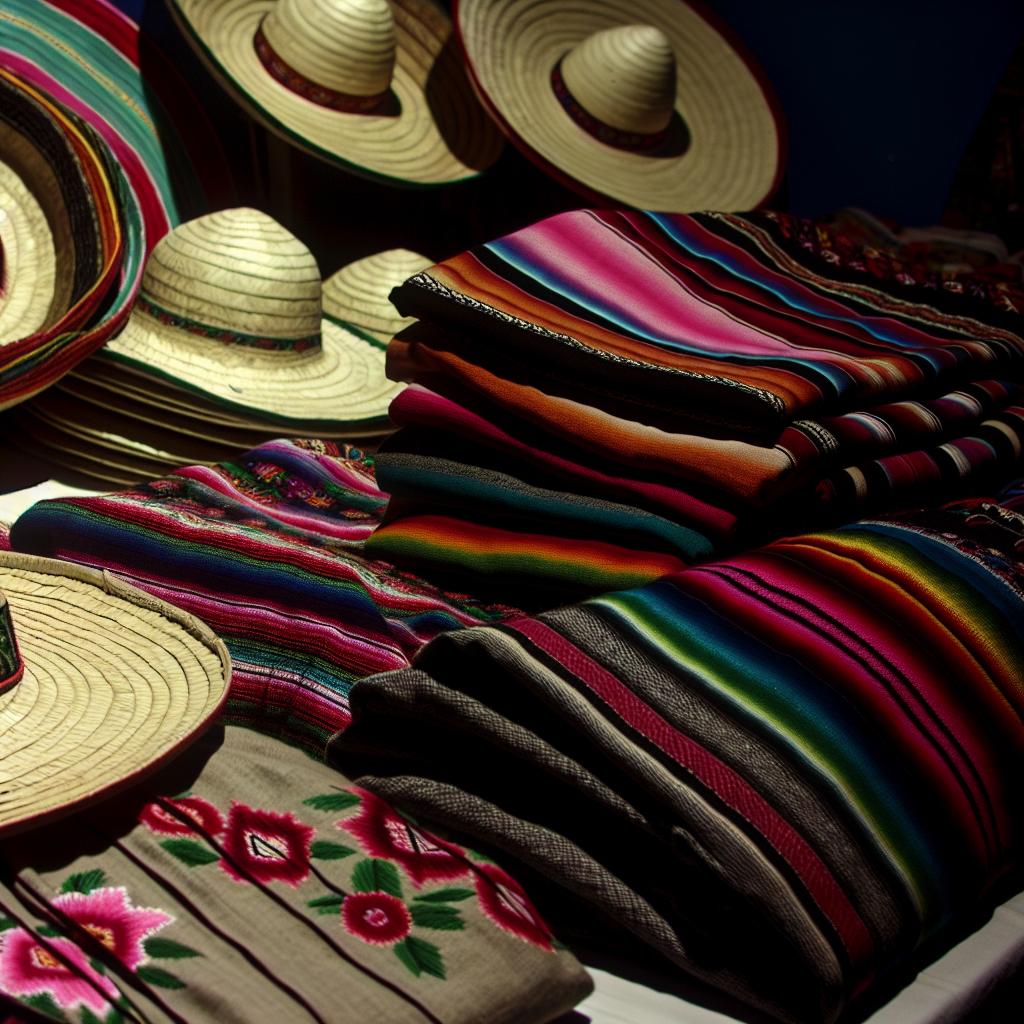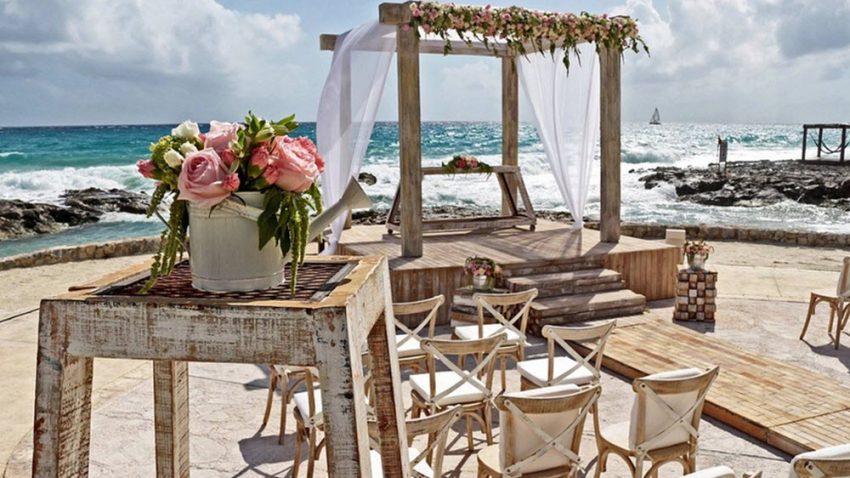Introduction to Traditional Mexican Clothing
Traditional clothing and textiles in Mexico form a pivotal aspect of the country’s cultural fabric. These garments not only mirror the historical and social identity of various Mexican regions but also illustrate the artisanal prowess cultivated through generations. This exposition offers an extensive look into the vital facets of traditional Mexican attire and textiles, elucidating their historical essence, regional distinctions, and modern interpretations.
Historical Background
The roots of Mexican traditional clothing delve deep into the annals of indigenous civilizations like the Aztecs and Mayans, who were adept at crafting elaborate designs from native materials such as cotton, agave, and wool. Post the Spanish colonization in the 16th century, there was an amalgamation of European influences with indigenous traditions, birthing the distinctive and eclectic styles observed today.
Influence of Indigenous and European Designs
Indigenous designs prominently incorporated geometric patterns and symbolic motifs, often encapsulating spiritual or natural elements. The advent of the Spanish introduced novel materials, such as silk, alongside techniques including embroidery and the application of diverse dyes. This fusion of indigenous and European elements gradually morphed into the unique styles that hallmark Mexican textiles.
Regional Variations
Mexico’s varied geography and cultural sceneries have fostered a rich melange of traditional clothing styles. Each region proudly showcases unique garments, molded by local traditions, environmental conditions, and available resources.
Huipil
The huipil, a quintessential garment frequently donned by indigenous women, hails from Oaxaca and the Yucatán Peninsula. It’s characterized by its loose, sleeveless tunic design. Huipiles are usually embellished with complex embroidery whose style changes in accordance with the traditions of different regions and communities. For further details, visit this link.
Rebozo
The rebozo is a multifunctional rectangular shawl beloved by Mexican women nationwide. Beyond being a fashion accessory, it serves practical purposes like functioning as a baby carrier or providing shade from the sun. The weaving of rebozos involves specific patterns and hues that reflect regional peculiarities. For more information, check out this page.
Charro Suit
The charro suit is closely affiliated with the state of Jalisco. It’s a traditional ensemble worn by mariachi bands and during Mexico’s national sport, the charreada. These suits are lavishly embroidered with silver or gold threads, renowned for their elegant appeal. Further exploration can be done via this link.
Contemporary Influence
Recently, there has been a growing international recognition of traditional Mexican clothing and textiles, which are now influencing contemporary fashion worldwide. Designers adeptly blend traditional elements into modern garments, thus sustaining cultural heritage while simultaneously aligning with current fashion sensibilities. This convergence of antiquity and modernism secures the preservation and progression of Mexican textile art.
Sustainable Fashion
Within the burgeoning dialogue on sustainable practices in fashion, traditional Mexican textiles have attracted interest for their eco-conscious production methodologies. Many artisans abide by using natural dyes and handwoven fabrics, thus underlining the significance of environmentally responsible fashion. For a deeper understanding, visit this resource.
Artisanal Craftsmanship
The artistry involved in crafting traditional Mexican clothing is profound. Each piece is a testament to meticulous craftsmanship, often the result of laborious hours. Knowledge and skills are passed down from generation to generation, preserving intricate methods, ranging from embroidery techniques to the weaving of textiles on traditional looms. This enduring dedication ensures that each piece of clothing not only holds cultural significance but is also a work of art on its own.
Impact on Local Economies
The production of traditional clothing plays a substantial role in bolstering local economies across Mexico. Artisans typically operate within small, often family-run workshops, where generations work together, combining their efforts to contribute to the local economy. This cultural industry not only champions heritage and craftsmanship but also provides livelihoods and empowers communities, establishing an enduring economic cycle based around tradition and skill. Supporting this industry often involves participating in fair trade practices, ensuring artisans receive a fair wage for their work.
Preservation and Challenges
The preservation of traditional Mexican clothing faces both triumphs and challenges. On one hand, there’s an increasing appreciation for these garments, driven by a desire to preserve cultural identity and uniqueness in an ever-globalizing world. On the other hand, traditional artisans confront challenges such as market competition from mass-produced imitations and the diminishing numbers of young individuals pursuing traditional craftsmanship as a viable career path.
Efforts in Cultural Heritage Preservation
Efforts towards safeguarding this cultural heritage are evident in numerous governmental and non-governmental initiatives. Programs focusing on education and training encourage the younger generation to engage in artisanal crafts. Collaborations between artisans and contemporary designers further advance the appreciation of traditional textiles. There’s a conscious push towards incorporating these crafts into global fashion platforms to bolster both recognition and preservation efforts.
Conclusion
Traditional Mexican clothing and textiles stand as vibrant representations of the nation’s cultural and historical identity. The ongoing recognition and incorporation of these elements into the fabric of contemporary fashion not only celebrate Mexico’s varied heritage but also promote sustainable and ethical fashion practices. As global interest continues to burgeon, the conservation of these time-honored traditions remains vital to ensure their survival and relevance for the generations to come. The blending of traditional with modern not only reflects adaptability but also demonstrates a continuous homage to generations that forged a path through the threads of their craftsmanship.







